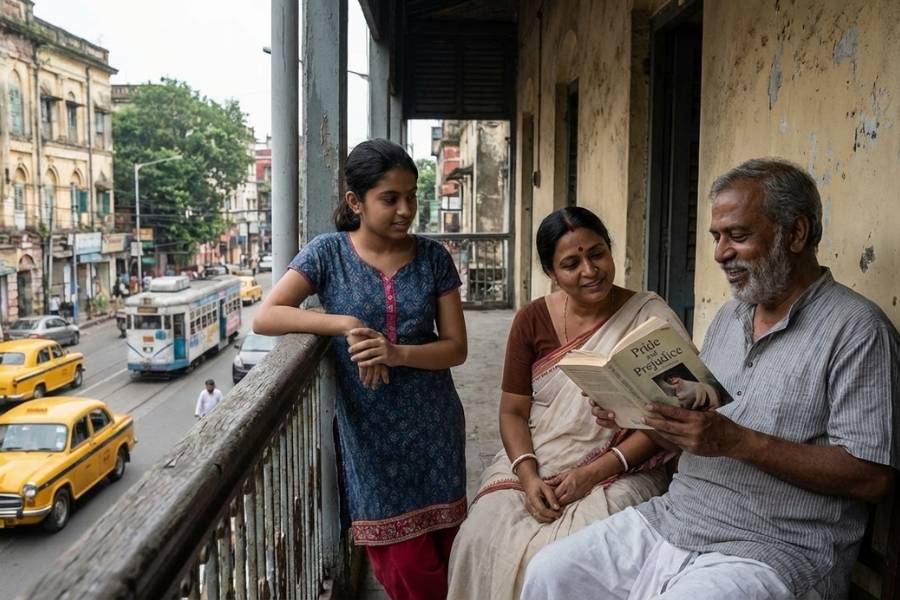 |
| An open canal in Kankerbagh, Patna. Telegraph picture |
Patna, July 19: The state urban development department is set to release Rs 1 crore to the Patna Municipal Corporation to ensure cleaning of clogged drains that leave water and stench on the roads every time it rains in the state capital.
Sources said while the Patna Municipal Corporation had sought Rs 3 crore for the purpose for the 2011-12 fiscal, the urban development department sanctioned only Rs 1 crore. The civic body officials have, however, welcomed the funds.
Ram Swarath Singh, the chief engineer of Patna Municipal Corporation, said: “Although a letter from the civic body commissioner was sent to the urban development department seeking funds of Rs 3 crore for the purpose of cleaning the sewage network, the promised fund of Rs 1 crore would also help us in discharging the financial liabilities of the work. In fact, Rs 3 crore is the average yearly requirement of the corporation to discharge the work of cleaning the drains and clear waterlogging. The sanctioned funds would now be utilised to clean the drains and canals, cover manholes and catchpits, make small drains and other works. Moreover, most of the drainage cleaning work in the PMC areas has already been done between April and June.”
Sources, however, said sewage cleaning work is still not done in the Serpentine Canal, which is 20ft underground and connects to the Mandiri canal. The serpentine canal is connected with drains from Khagaul Road, Damariya, Saristabad, Alkapuri and Gardanibagh area.
At present, the state capital has a network of 535 drains, including nine major or big drains, 14 medium drains and 514 minor or small drains. These drains are further supported by several open drains in the four circles under Patna Municipal Corporation — 3,48,410 in the New Capital circle, 66,810 in Kankerbagh circle, 1,07,100 in Bankipore circle and 2,55,200 in Patna City circle.
The water from these drains goes through four sewerage treatment plants at Beur, Pahari, Karmalichak and Saidpur, after which the water is discharged into the Thanuwa and Baksahi open canals before being finally discharged into river Punpun.
Apart from the drains and canals, the pumping stations in the state capital also play a major role in preventing waterlogging in the state capital. These pumping stations take the sewage water from the low-lying areas to upstream areas.
At present, there are 35 pumping stations in Patna, 24 of which are under Bihar Rajya Jal Parishad, 10 under Patna Municipal Corporation and one, located at Bahadarpur, owned by the Bihar State Housing Board.
According to sources, preventing waterlogging and ensuring uninterrupted discharge of rainwater can be ensured through co-ordinated efforts of Patna Municipal Corporation, Bihar Rajya Jal Parishad and various other agencies, including the public works department, the road construction department, the rural works department, Bihar State Electricity Board.











